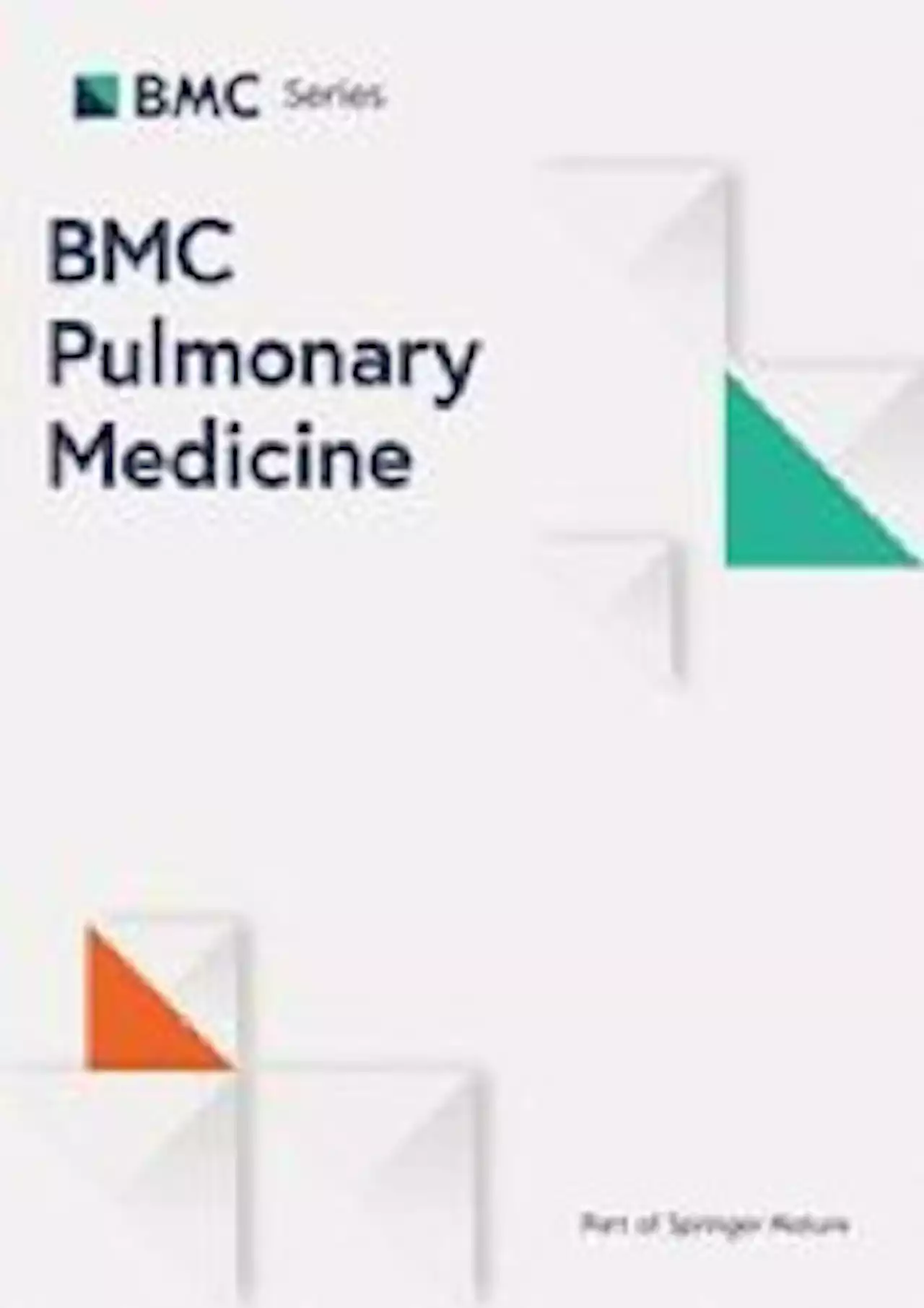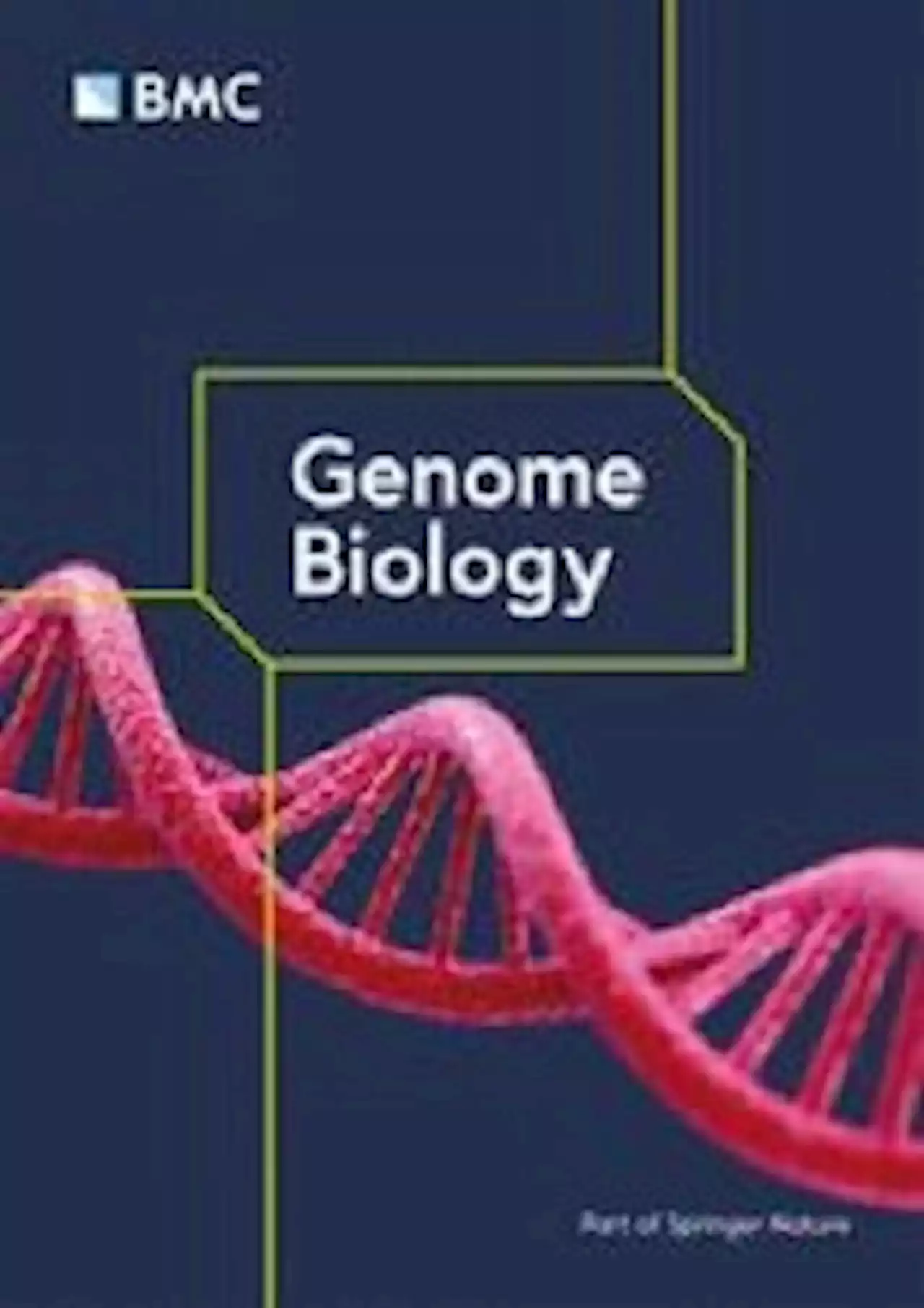Genes that form specific bones in the womb heal them later in life, finds study nyulangone
Periosteal stem and progenitor cells are major contributors to bone maintenance and repair. Deciphering the molecular mechanisms that regulate their function is critical for the successful generation and application of future therapeutics. Here, we pinpoint Hox transcription factors as necessary and sufficient for periosteal stem cell function.
Hox genes are transcriptionally enriched in periosteal stem cells and their overexpression in more committed progenitors drives reprogramming to a naïve, self-renewing stem cell-like state. Crucially, individual Hox family members are expressed in a location-specific manner and their stem cell-promoting activity is only observed when the Hox gene is matched to the anatomical origin of the PSPC, demonstrating a role for the embryonic Hox code in adult stem cells.
Brasil Últimas Notícias, Brasil Manchetes
Similar News:Você também pode ler notícias semelhantes a esta que coletamos de outras fontes de notícias.
 Identification of biomarkers related to copper metabolism in patients with pulmonary arterial hypertension - BMC Pulmonary MedicineBackground The pathogenesis of pulmonary arterial hypertension (PAH) and associated biomarkers remain to be studied. Copper metabolism is an emerging metabolic research direction in many diseases, but its role in PAH is still unclear. Methods PAH-related datasets were downloaded from the Gene Expression Omnibus database, and 2067 copper metabolism-related genes (CMGs) were obtained from the GeneCards database. Differential expression analysis and the Venn algorithm were used to acquire the differentially expressed CMGs (DE-CMGs). DE-CMGs were then used for the coexpression network construction to screen candidate key genes associated with PAH. Furthermore, the predictive performance of the model was verified by receiver operating characteristic (ROC) analysis, and genes with area under the curve (AUC) values greater than 0.8 were selected as diagnostic genes. Then support vector machine, least absolute shrinkage and selection operator regression, and Venn diagrams were applied to detect biomarkers. Moreover, gene set enrichment analysis was performed to explore the function of the biomarkers, and immune-related analyses were utilized to study the infiltration of immune cells. The drug-gene interaction database was used to predict potential therapeutic drugs for PAH using the biomarkers. Biomarkers expression in clinical samples was verified by real-time quantitative PCR. Results Four biomarkers (DDIT3, NFKBIA, OSM, and PTGER4) were screened. The ROC analysis showed that the 4 biomarkers performed well (AUCs | 0.7). The high expression groups for the 4 biomarkers were enriched in protein activity-related pathways including protein export, spliceosome and proteasome. Furthermore, 8 immune cell types were significantly different between the two groups, including naive B cells, memory B cells, and resting memory CD4 T cells. Afterward, a gene-drug network was constructed. This network illustrated that STREPTOZOCIN, IBUPROFEN, and CELECOXIB were shared by the PTGER4 and
Identification of biomarkers related to copper metabolism in patients with pulmonary arterial hypertension - BMC Pulmonary MedicineBackground The pathogenesis of pulmonary arterial hypertension (PAH) and associated biomarkers remain to be studied. Copper metabolism is an emerging metabolic research direction in many diseases, but its role in PAH is still unclear. Methods PAH-related datasets were downloaded from the Gene Expression Omnibus database, and 2067 copper metabolism-related genes (CMGs) were obtained from the GeneCards database. Differential expression analysis and the Venn algorithm were used to acquire the differentially expressed CMGs (DE-CMGs). DE-CMGs were then used for the coexpression network construction to screen candidate key genes associated with PAH. Furthermore, the predictive performance of the model was verified by receiver operating characteristic (ROC) analysis, and genes with area under the curve (AUC) values greater than 0.8 were selected as diagnostic genes. Then support vector machine, least absolute shrinkage and selection operator regression, and Venn diagrams were applied to detect biomarkers. Moreover, gene set enrichment analysis was performed to explore the function of the biomarkers, and immune-related analyses were utilized to study the infiltration of immune cells. The drug-gene interaction database was used to predict potential therapeutic drugs for PAH using the biomarkers. Biomarkers expression in clinical samples was verified by real-time quantitative PCR. Results Four biomarkers (DDIT3, NFKBIA, OSM, and PTGER4) were screened. The ROC analysis showed that the 4 biomarkers performed well (AUCs | 0.7). The high expression groups for the 4 biomarkers were enriched in protein activity-related pathways including protein export, spliceosome and proteasome. Furthermore, 8 immune cell types were significantly different between the two groups, including naive B cells, memory B cells, and resting memory CD4 T cells. Afterward, a gene-drug network was constructed. This network illustrated that STREPTOZOCIN, IBUPROFEN, and CELECOXIB were shared by the PTGER4 and
Consulte Mais informação »
 REPAC: analysis of alternative polyadenylation from RNA-sequencing data - Genome BiologyAlternative polyadenylation (APA) is an important post-transcriptional mechanism that has major implications in biological processes and diseases. Although specialized sequencing methods for polyadenylation exist, availability of these data are limited compared to RNA-sequencing data. We developed REPAC, a framework for the analysis of APA from RNA-sequencing data. Using REPAC, we investigate the landscape of APA caused by activation of B cells. We also show that REPAC is faster than alternative methods by at least 7-fold and that it scales well to hundreds of samples. Overall, the REPAC method offers an accurate, easy, and convenient solution for the exploration of APA.
REPAC: analysis of alternative polyadenylation from RNA-sequencing data - Genome BiologyAlternative polyadenylation (APA) is an important post-transcriptional mechanism that has major implications in biological processes and diseases. Although specialized sequencing methods for polyadenylation exist, availability of these data are limited compared to RNA-sequencing data. We developed REPAC, a framework for the analysis of APA from RNA-sequencing data. Using REPAC, we investigate the landscape of APA caused by activation of B cells. We also show that REPAC is faster than alternative methods by at least 7-fold and that it scales well to hundreds of samples. Overall, the REPAC method offers an accurate, easy, and convenient solution for the exploration of APA.
Consulte Mais informação »
 Multi-ancestry genome-wide association analyses improve resolution of genes and pathways influencing lung function and chronic obstructive pulmonary disease risk - Nature GeneticsMulti-ancestry genome-wide association analyses and systematic variant-to-gene mapping strategies implicate new genes and pathways influencing lung function and chronic obstructive pulmonary disease risk.
Multi-ancestry genome-wide association analyses improve resolution of genes and pathways influencing lung function and chronic obstructive pulmonary disease risk - Nature GeneticsMulti-ancestry genome-wide association analyses and systematic variant-to-gene mapping strategies implicate new genes and pathways influencing lung function and chronic obstructive pulmonary disease risk.
Consulte Mais informação »
 Hox genes are critical regulators of periosteal stem cell identityPeriosteal stem and progenitor cells (PSPCs) are major contributors to bone maintenance and repair. Deciphering the molecular mechanisms that regulate their function is critical for the successful generation and application of future therapeutics. Here, we pinpoint Hox transcription factors as necessary and sufficient for periosteal stem cell function. Hox genes are transcriptionally enriched in periosteal stem cells and their overexpression in more committed progenitors drives reprogramming to a naïve, self-renewing stem cell-like state. Crucially, individual Hox family members are expressed in a location-specific manner and their stem cell-promoting activity is only observed when the Hox gene is matched to the anatomical origin of the PSPC, demonstrating a role for the embryonic Hox code in adult stem cells. Finally, we demonstrate that Hoxa10 overexpression partially restores the age-related decline in fracture repair. Together, our data highlight the importance of Hox genes as key regulators of PSPC identity in skeletal homeostasis and repair.
Hox genes are critical regulators of periosteal stem cell identityPeriosteal stem and progenitor cells (PSPCs) are major contributors to bone maintenance and repair. Deciphering the molecular mechanisms that regulate their function is critical for the successful generation and application of future therapeutics. Here, we pinpoint Hox transcription factors as necessary and sufficient for periosteal stem cell function. Hox genes are transcriptionally enriched in periosteal stem cells and their overexpression in more committed progenitors drives reprogramming to a naïve, self-renewing stem cell-like state. Crucially, individual Hox family members are expressed in a location-specific manner and their stem cell-promoting activity is only observed when the Hox gene is matched to the anatomical origin of the PSPC, demonstrating a role for the embryonic Hox code in adult stem cells. Finally, we demonstrate that Hoxa10 overexpression partially restores the age-related decline in fracture repair. Together, our data highlight the importance of Hox genes as key regulators of PSPC identity in skeletal homeostasis and repair.
Consulte Mais informação »
